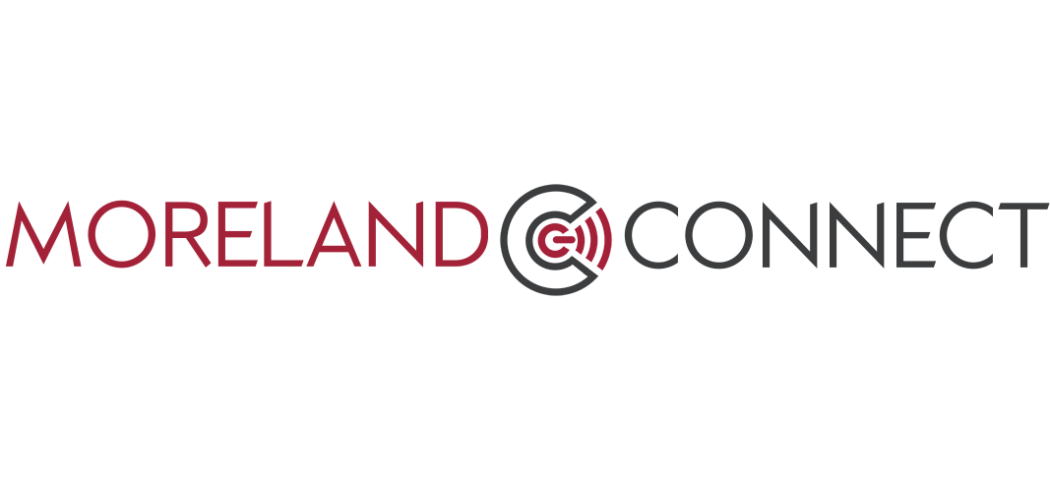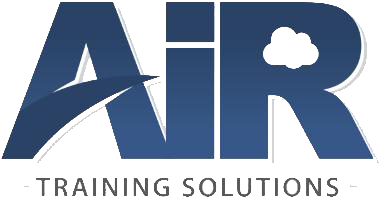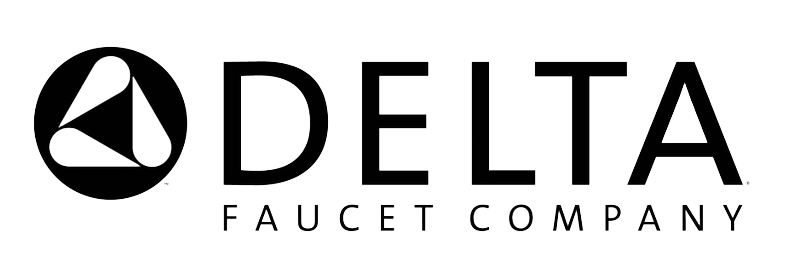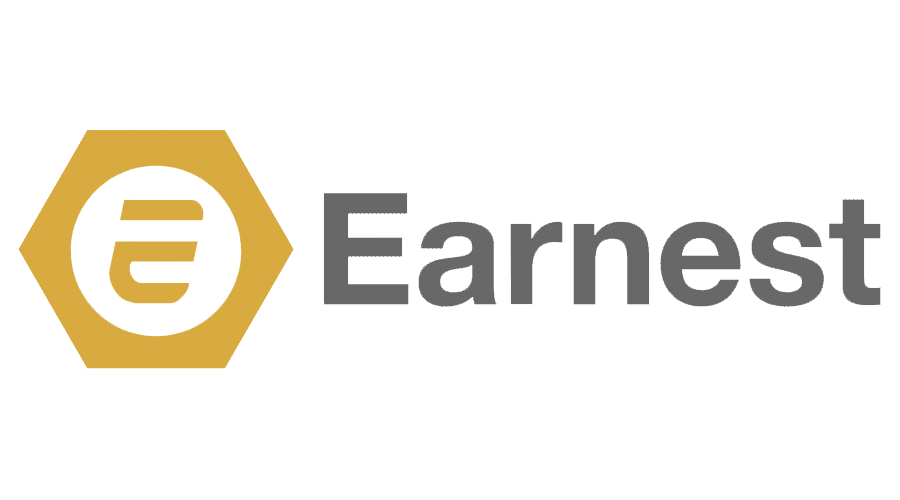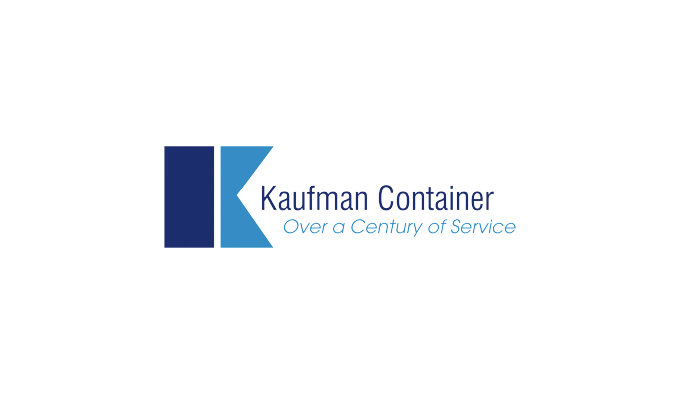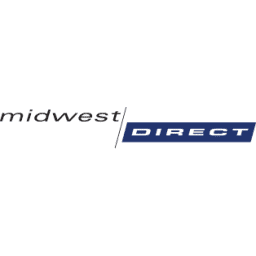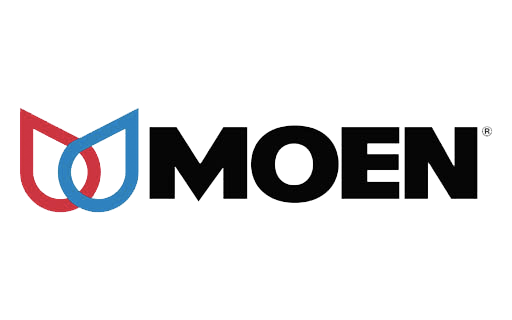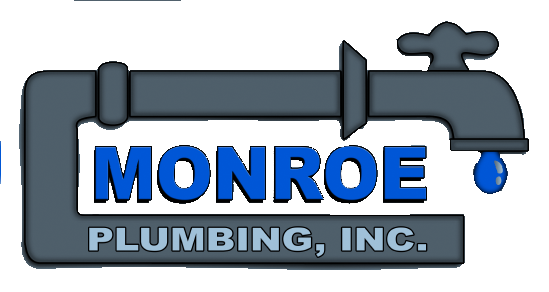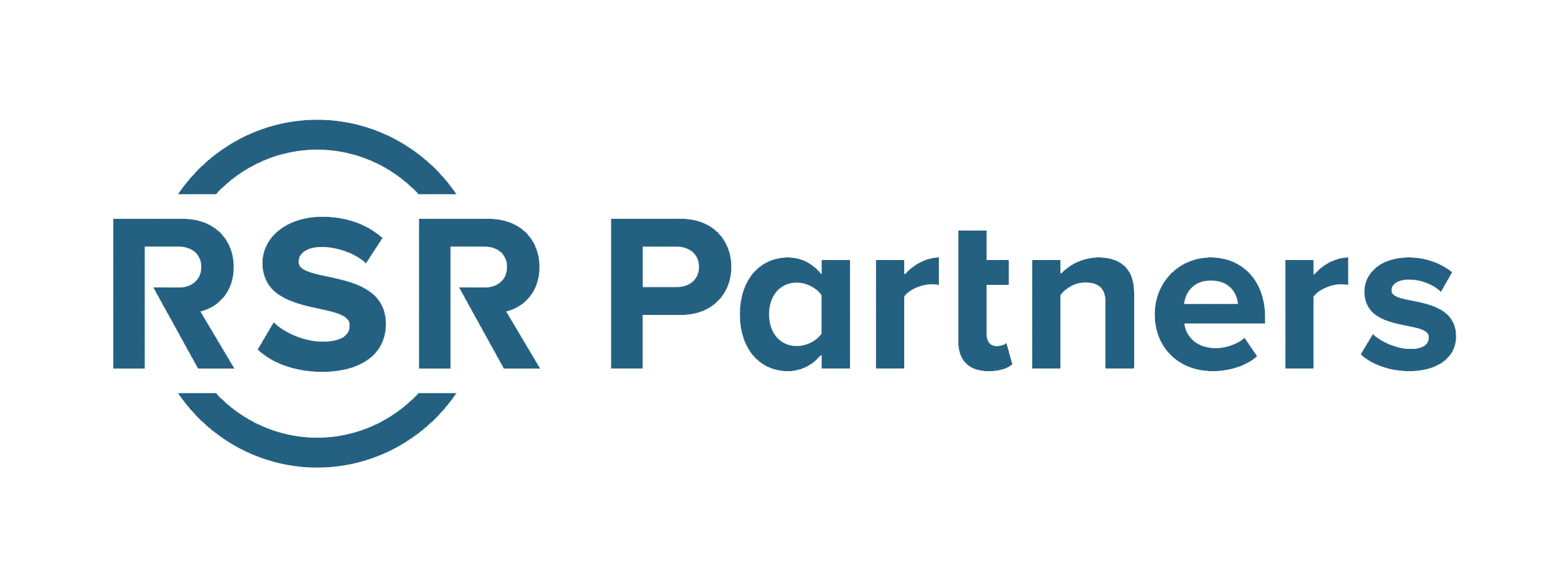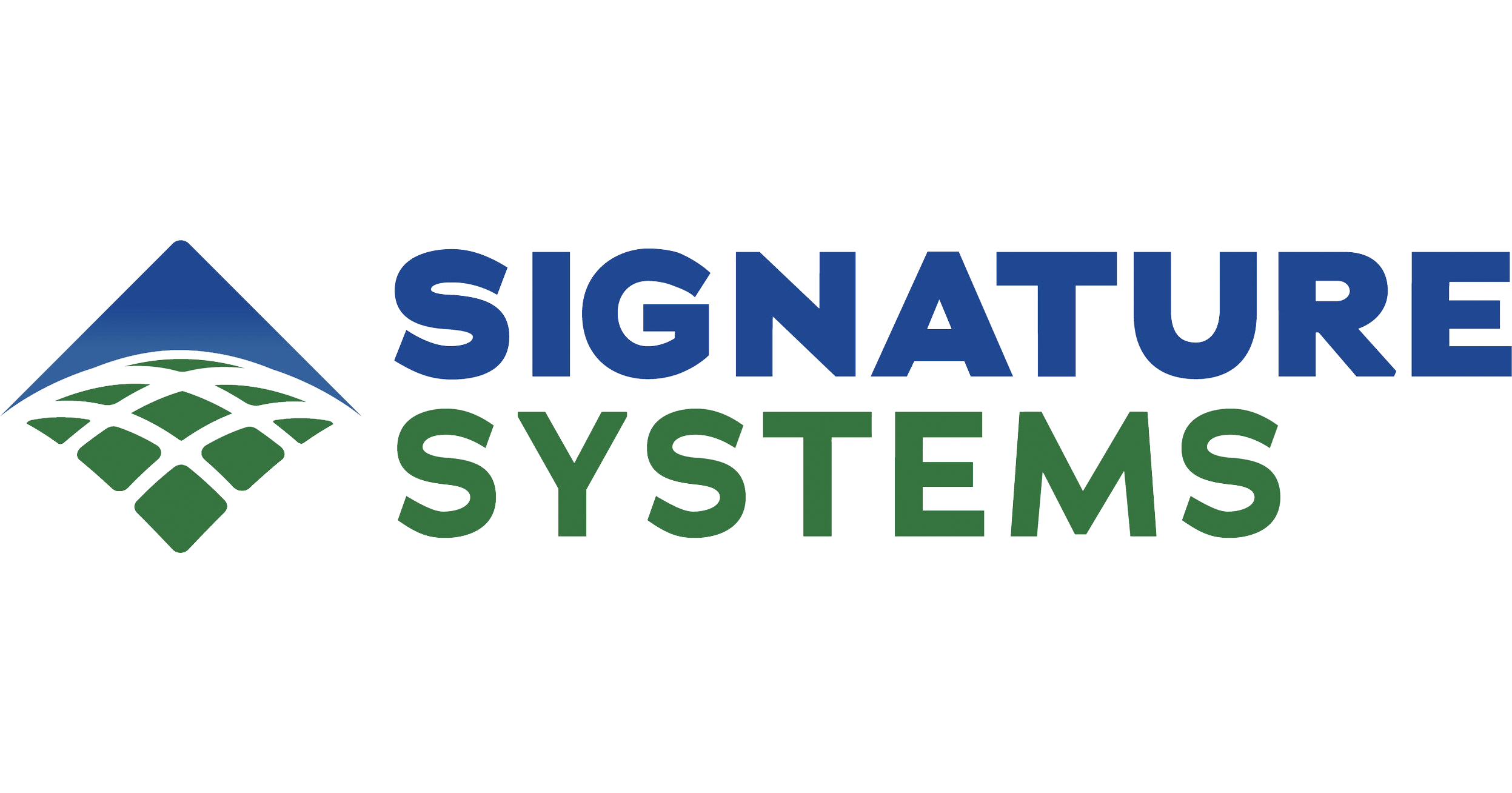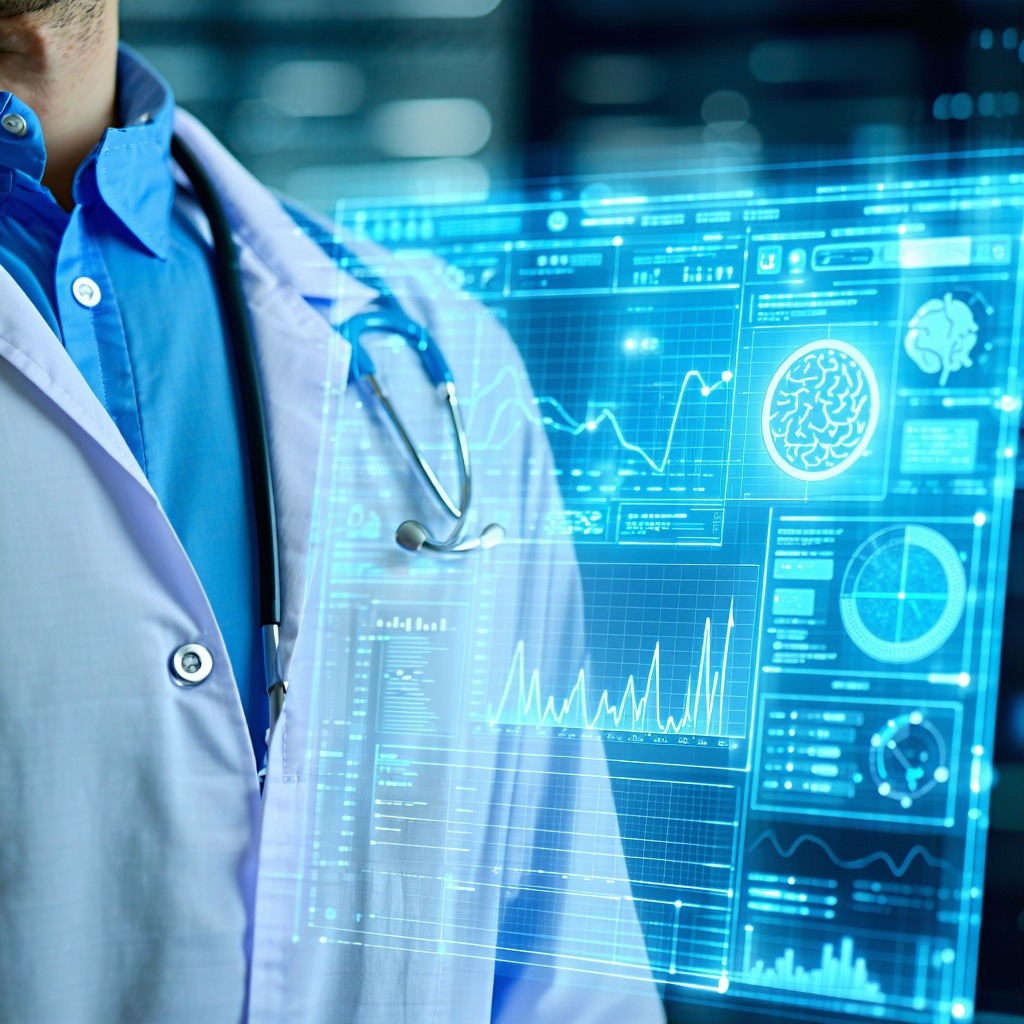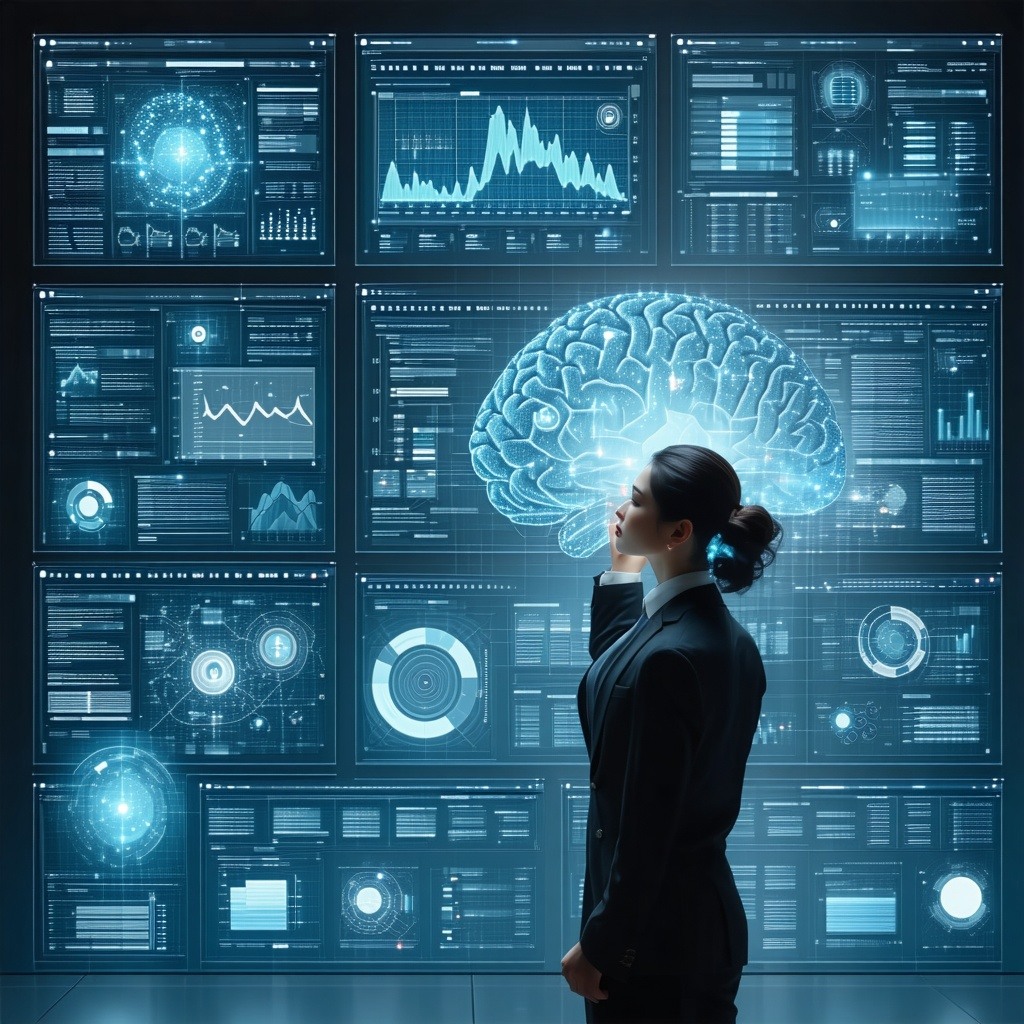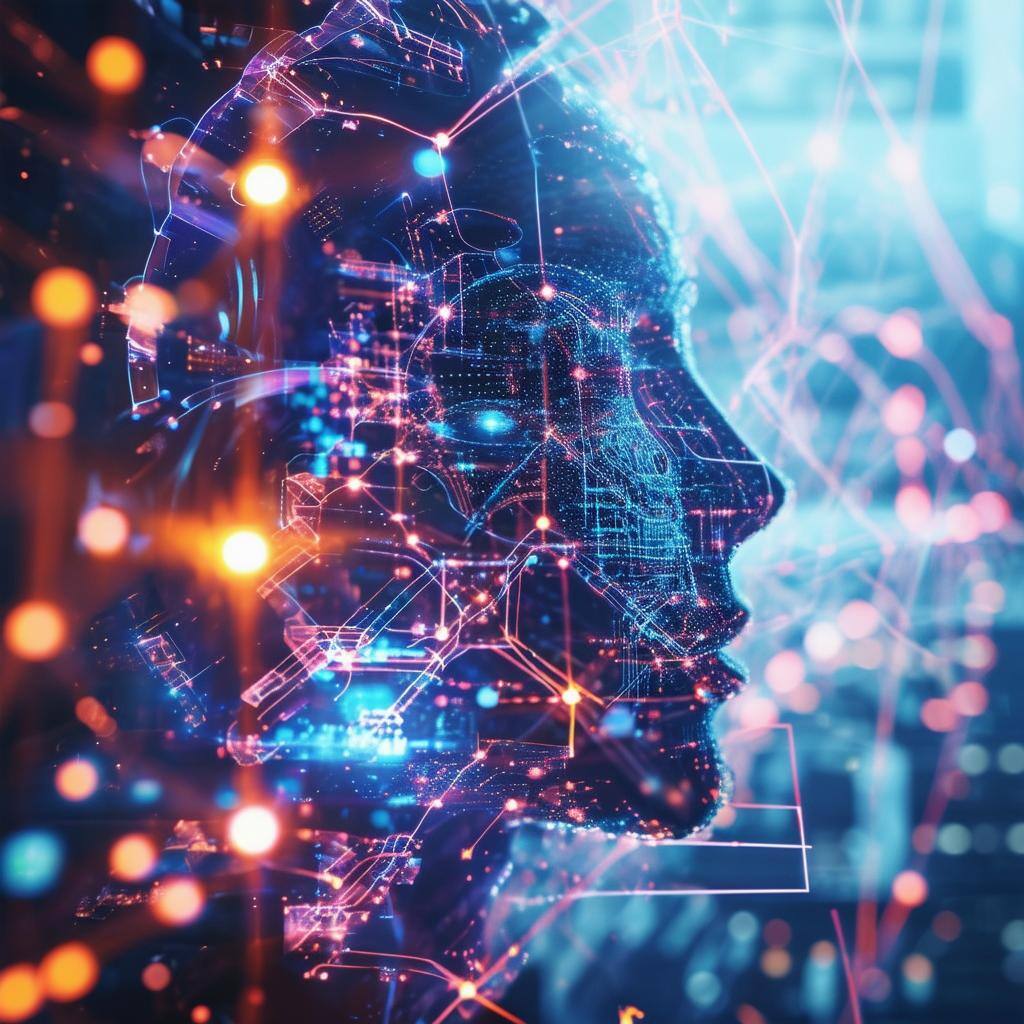In recent years, drone technology has taken the world by storm, transforming industries such as agriculture, construction, logistics, filmmaking, and environmental monitoring. While drones themselves have evolved into highly autonomous machines capable of intricate tasks, it is the software that powers these flying wonders that propels them beyond their hardware. Flight control and navigation software is at the heart of every drone, using GPS and other sensors to ensure stable flight and prevent collisions. Autonomy and waypoint navigation software allow drones to perform autonomous missions, following predefined flight paths or waypoints. Data collection and analysis software revolutionize the way data is collected, with drones equipped with high-resolution imaging, LiDAR scanning, and thermal sensing. Industry-specific applications like precision agriculture, construction site surveys, logistics planning, and cinematic filmmaking are made possible through specialized drone software. While challenges such as cybersecurity and refining software algorithms for higher levels of autonomy remain, the future prospects of drone software are promising. As AI and ML continue to advance, drones will become smarter and more adaptable, opening a realm of limitless potential in various industries. The partnership between software and drones promises a brighter and more efficient future for farmers, filmmakers, construction managers, and environmentalists alike.
Software + Drones?
The Evolution of Drones: A Journey Through Software Progress
Drone technology has significantly advanced from its early military origins to widespread commercial and recreational uses. Initially, drones required intensive manual control, but as drone software development progressed, these devices became more sophisticated and user-friendly. Today’s drone software allows for pre-programmed flight plans, autonomous operations, and real-time data processing. This evolution is largely due to improvements in sensor technology, which have been integrated into drone software to enhance capabilities such as obstacle avoidance and target tracking. Innovations in communication systems have also been crucial, enabling drones to transmit collected data to operators and cloud-based platforms efficiently. As a result, drones have transitioned from being remotely piloted vehicles to intelligent machines that can perform complex tasks with minimal human intervention, thanks to the relentless advancement of drone software.
Matt’s Partnership With MorelandConnect
The partnership between our startup and MorelandConnect has been a game-changer in our quest to push the boundaries of drone software development. MorelandConnect, with their expertise in custom software solutions, has worked closely with our lead developer, Matt, to create a suite of applications tailored for drone operations. This collaboration has enabled the development of advanced flight control systems and data management tools that are both robust and user-friendly. The software crafted by this partnership doesn’t just manage drone operations; it enhances them, providing users with intuitive interfaces, comprehensive analytics, and seamless integration with existing workflows. Matt’s technical insight, combined with MorelandConnect’s development prowess, has resulted in a product that stands out in the market for its innovation, reliability, and ease of use, fulfilling the needs of businesses looking for technologically advanced solutions.
Understanding Drone Software
Flight Control and Navigation: Foundation For Autonomy
Flight control and navigation systems are the cornerstone of modern drone operations, providing the essential framework for autonomy. These systems enable drones to execute precise maneuvers, stabilize against environmental factors, and navigate through complex landscapes. At the core of these systems is a sophisticated blend of software and hardware, including accelerometers, gyrometers, and magnetometers, all working in unison for accurate positioning and orientation. Sophisticated algorithms process sensor data in real-time, allowing the drone to respond to dynamic conditions and maintain its intended path. The software also includes fail-safes and redundancy protocols to ensure safety and reliability during flight. As drone software development continues to mature, the capabilities of flight control and navigation systems will expand, allowing drones to operate with greater independence and in more challenging environments.
Autonomy and Waypoint Navigation: Efficiency Realized
Autonomy in drone technology represents a leap forward in achieving efficiency and precision in tasks that were once manual and time-consuming. Drone software development has paved the way for advanced waypoint navigation, where drones autonomously follow a predetermined set of coordinates. This capability allows for repeatable, accurate, and efficient flight paths, essential for industries like agriculture, surveying, and delivery services. The software autonomously adjusts to real-time data, altering flight paths to avoid obstacles or changing weather conditions, ensuring mission completion with minimal human intervention. This level of autonomy not only increases operational efficiency but also enhances safety by reducing the risk of human error. As technology progresses, we can expect even more sophisticated levels of drone autonomy, leading to smarter, more reliable, and entirely autonomous operations across various sectors.
Data Collection and Analysis: From Raw Data to Valuable Insights
The true value of drones in commercial applications lies in their ability to collect and analyze data. Drone software is designed to capture a wide array of data, from high-resolution images to thermal readings and LiDAR outputs. Once collected, the challenge is to transform this raw data into actionable insights. This is where advanced analysis software comes into play. It processes and interprets data to provide users with information that can inform decision-making. For example, in agriculture, drone-collected data can reveal crop health, allowing for targeted intervention. In construction, drones can monitor project progress and ensure that work is adhering to plans. The software’s analytical power turns drones into more than just data collectors; they become tools for insight, enabling businesses to operate more efficiently, safely, and cost-effectively.
Overcoming Challenges
Cybersecurity and Continuous Algorithm Refinement: Keeping Pace with Advancements
As drone technology advances, cybersecurity becomes a critical component of drone software development. Protecting drones from unauthorized access and ensuring the integrity of the data they collect is paramount. To address these concerns, software developers are implementing robust encryption methods, secure communication protocols, and regular security updates. Additionally, as drones become more autonomous, the algorithms that govern their behaviors must be continually refined to handle more complex tasks and decision-making processes. This continuous improvement cycle is essential to keep pace with the rapidly evolving landscape of drone applications. Developers are also focusing on creating adaptable algorithms that can learn from new data and experiences, reducing the need for human intervention and enabling drones to operate more efficiently in a variety of environments.
Embracing AI and ML: Drones of the Future
The integration of Artificial Intelligence (AI) and Machine Learning (ML) into drone software marks a significant milestone in the evolution of drone technology. By embracing AI, drones can make intelligent decisions based on the data they collect, allowing for real-time adjustments and enhanced problem-solving capabilities. Machine Learning enables drones to improve over time, as they learn from each operation and adapt to new situations without explicit programming. This means that drones can become more efficient in their tasks, whether it’s optimizing flight paths for energy conservation or identifying patterns in data that would be imperceptible to humans. As AI and ML technologies continue to mature, we will see drones that are not only more autonomous but also more capable of handling complex, nuanced tasks, providing invaluable support across a myriad of industries.
A Sky of Limitless Potential: Drone Software Evolution at its best.
The continuous evolution of drone software encapsulates a future with virtually limitless potential. As the technology matures, the software becomes more than just a set of instructions for flight and data collection; it evolves into a comprehensive ecosystem that enhances every aspect of drone operation. With each new development in software capabilities, drones are being equipped to handle more complex tasks, make smarter decisions, and provide greater value to businesses and communities. The potential applications are boundless, from environmental monitoring and disaster response to urban planning and cultural heritage preservation. As the software propels drones to new heights, it also opens up the sky for innovative solutions to some of the most pressing challenges of our time. The evolution of drone software is not just about technological advancement; it’s about unlocking new possibilities for the betterment of society.
